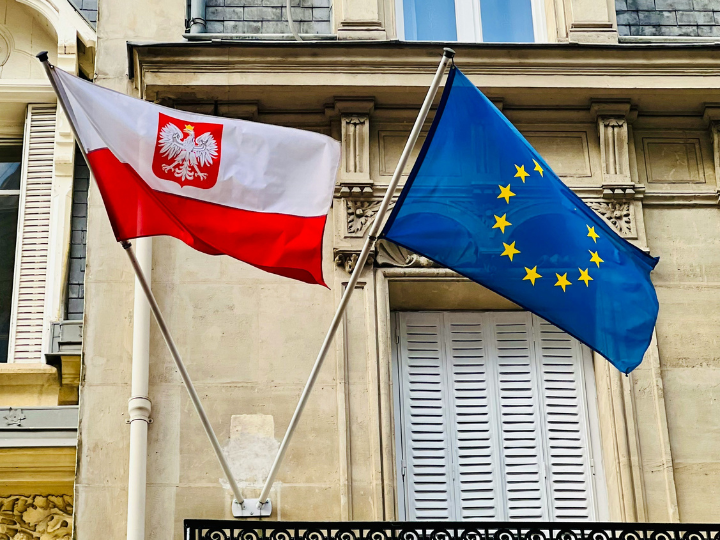For the first time in the history of football environmental protection is at the forefront of a football World Cup. The innovative environmental programme of FIFA for the World Cup 2006 is called ‘Green Goal’. ‘And’, said FIFA President Joseph S. Blatter, ‘Green Goal is the most important goal at the World Cup in Germany’.
For that reason FIFA appointed one of world’s top environmentalists as the Green Goal Ambassador of FIFA: Prof. Dr. Klaus Tφpfer! Since 1998 Tφpfer has been the Executive Director of the UN Environment Programme (UNEP) in Nairobi. Tφpfer and FIFA signed a contract on 6 September 2005, detailing cooperation between UNEP and the FIFA Green Goal initiative. This included Tφpfer's personal involvement as Green Goal ambassador.
During a reception given by PlasticsEurope in Brussels on May 29, the Environment Chief of the United Nations stressed that ‘we cannot destroy with our lifestyle the chances for the generations to come. Green Goal is a start and I am extremely happy to be responsible for it’.
It is estimated that the FIFA World Cup will generate approximately 100.000 tons of carbon dioxide (CO2) through unavoidable emissions caused by factors such as the transport of the 3.2 million spectators who will be traveling to the games.
The Green Goal programme ensures climate neutrality by investing in projects for climate protection in developing countries to compensate for these 100.000 tons of emissions. An ambitious target. Tφpfer:
‘Right now, we are offsetting the CO2 emissions in Germany; linking it with offset projects in India, in the Tsunami Region, where we have to reconstruct houses anyway, and in South Africa in a very sophisticated way. Linking with the industry at hand is a very important start. The environment has to be the world champion’.
‘It’s a huge challenge without any doubt, and therefore we need partners and sponsors’, the UN Green Goal Ambassador continued. ‘I applaud the sponsors; and in particular today here in Brussels I applaud PlasticsEurope’.
John Taylor, President of PlasticsEurope, responded that ‘for many people the link between football and environment might be just as unusual as the link between the Green Goal and plastics, or even between football and plastics. What is the link between plastics and football? What would there be on the pitch without plastics? Almost nothing!’
He drew the picture for the audience: ‘The goals would have no nets, supporters would have no seats, the stadium no roof, the players would have no shoes, shirts or shorts, the referees would have no yellow or red cards. And the ball? A complete new ball has been developed for the FIFA World Cup in Germany. For the first time it is 100% plastic…’
‘The main challenges of today’s world are energy and climate change. Plastics offer the possibility of making our modern day life more sustainable by offering a lighter car or aircraft, a better insulated house, protective packaging and many other high-tech applications directly contributing to energy efficiency. And’, Taylor continued, ‘energy efficiency is the link between plastics and combating climate change. Energy efficiency links plastics with Green Goal. PlasticsEurope, the association of European plastics manufacturers, is proud to support Green Goal’
Green Goal is one of the most comprehensive initiatives aiming to minimize the negative impact of a major sports event on the environment’, Dr. KlausTφpfer commented.
It is clear that Green Goal’s partnership with the UN effectively raised the initiative’s international profile. Soon enough, the organizers for Euro 2008 and the 2012 London Olympics made contact to explore the feasibility of incorporating Green Goal in these future events.







